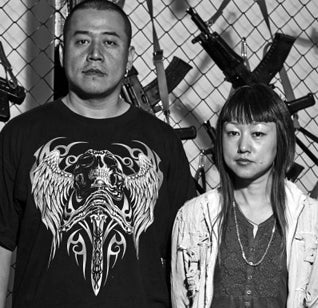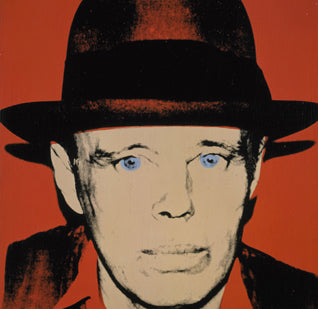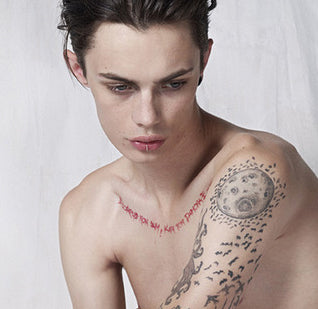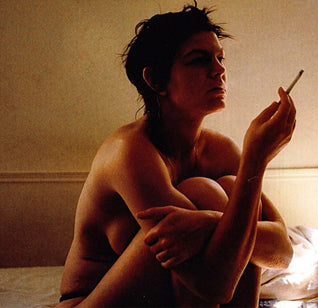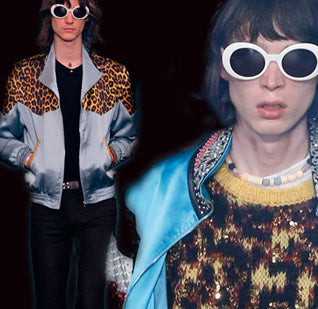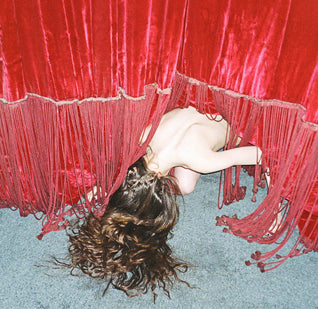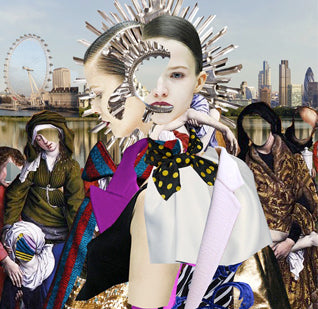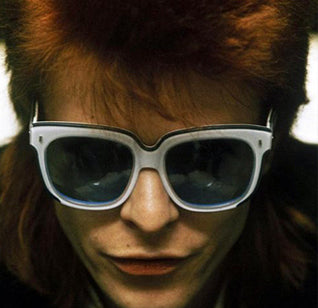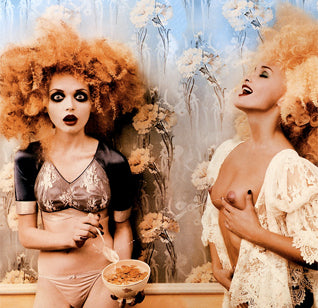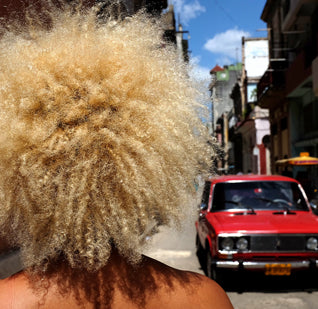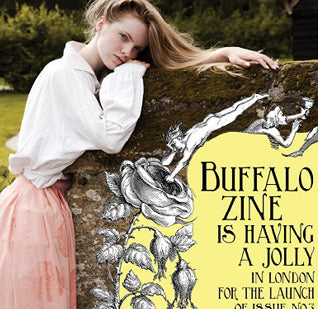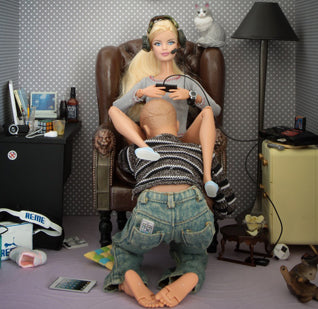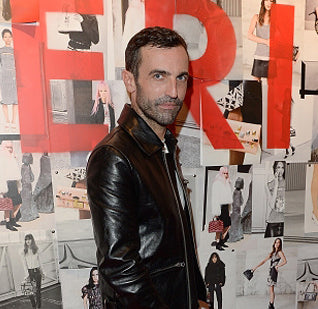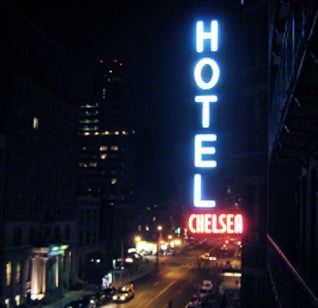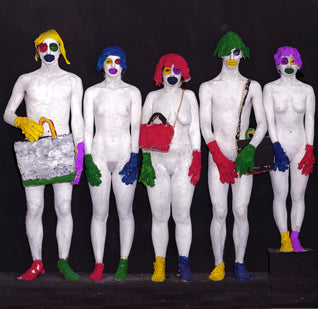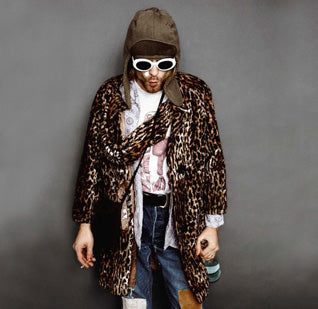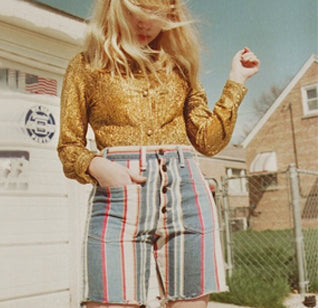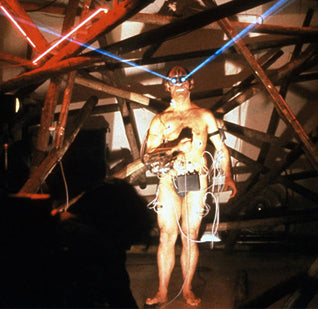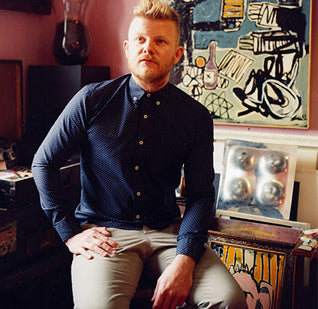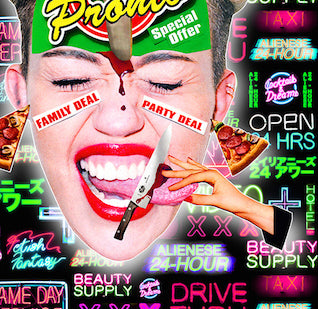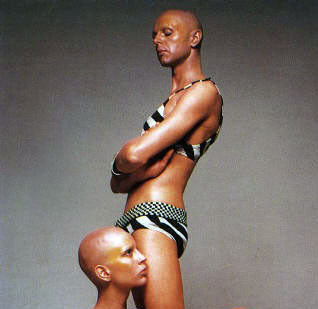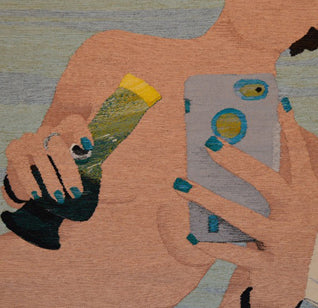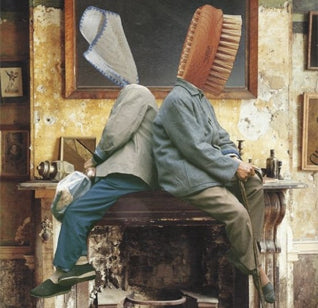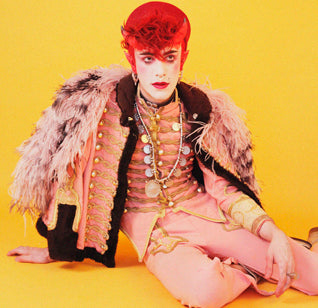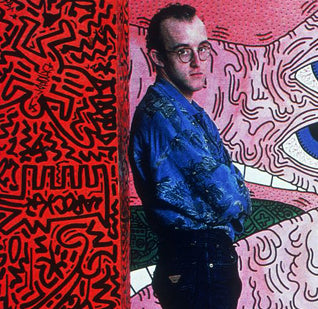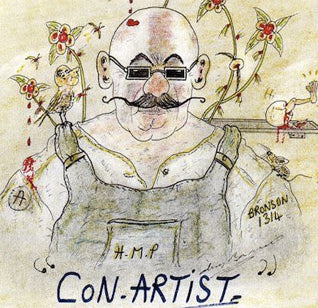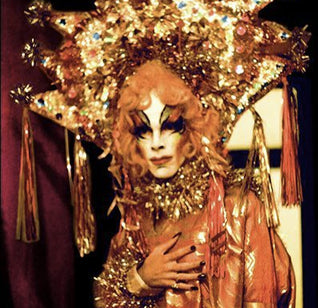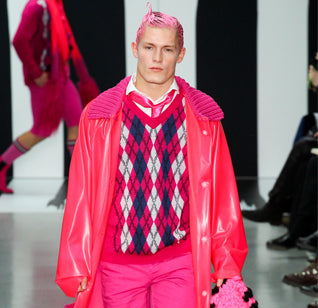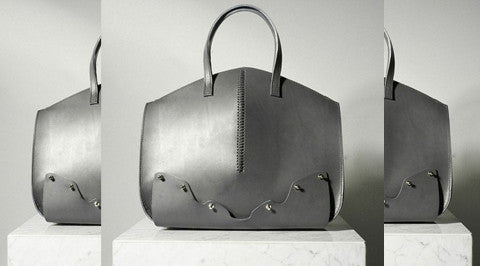STAYING POWER
Models the world will never forget
by KOD Staff
Iconic models have the power to define whole generations – not only their style, but also their sense of identity. Each season, hundreds of models fight for the attention of the front row and the world press as they strive for supermodel status. It takes an extraordinary woman to captivate the public for decades – below; we list our favorite models whose careers are too important to ever forget:
![]()
Dorian Leigh by Toni Frissell, 1949
DORIAN LEIGH
Divorced, mother of two Dorian Leigh was an unlikely model when her career begun – at 27 years old and just 5ft5. Yet she became a legend, posing for 50 magazine covers and providing the inspiration for Truman Capote’s Breakfast at Tiffany’s. She was demure yet dazzling, so attractive that she was forced to take her phone permanently off the hook to avoid suitors and admirers.
![]()
Donyale Luna by Charlotte March, 1966
DONYALE LUNA
Donyale Luna was the first African American model to appear on the cover of British Vogue. Her success challenged racial prejudices of the 60s yet she made a point of remaining determinedly disengaged from the civil rights movement. She loved to make up stories about herself – when asked where she came from, she would reply “I'm from the moon, darling” and she once told the Italian press that she ate three kilos of meat a day.
![]()
Lauren Hutton in Mexico, 70s
LAUREN HUTTON
Lauren Hutton began modelling to fund her travels. She was told she’d need to fix the gap between her front teeth, so she filled it with morticians wax for shoots. Her wholesome allure was emphasized by a freewheeling spirit. Between 1966 and 1975, she was featured on 25 magazine covers. She became the face of Revlon’s Ultima II line before moving on to a movie career.
![]()
Jean Shrimpton by David Bailey, 1964
JEAN SHRIMPTON
Jean Shrimpton, aka The Shrimp, led the mini skirt revolution. She once turned up at
![]()
Jane Birkin, 1960s
JANE BIRKIN
A perfect mix of Parisian elegance and
![]()
Nadja Auermann by Steven Meisel, 1992
NADJA AUERMANN
The German model, Nadja Auermann once held the record for the world’s longest legs. She was discovered in a café in Berlin in 1990 and just four years later appeared on the cover of both Vogue and Harper’s Bazaar. She saw modelling as similar to acting and was respected for her great range; “I can look very sexy, or completely unsexy, or sophisticated, or like a baby.”
![]()
Sharon Tate by William Helburn, 1967
SHARON TATE
Sharon Tate became a world-wide sex symbol during the 60s. Regularly appearing in fashion magazines as model and cover girl, her views toward nudity were liberal; “I honestly don't understand the big fuss made over nudity. Children can watch people murdering each other, but they can't watch two people in the very natural process of making love. That doesn't make any sense, does it?” Wife of Roman Polanski, Tate was murdered by the Manson Family when she was eight months pregnant, in 1969.
![]()
Peggy Moffit by William Claxton, 1972
PEGGY MOFFITT
Peggy Moffitt provided a stark contrast to 50s elegance with extreme poses and her radical appearance. She was an icon of 60s style, famous for her theatrical eye make-up and asymmetrical bob. In 1964, she made international headlines when Women’s Wear Daily published a photograph of her in a topless bathing suit, designed by Rudi Gernreich. The image sparked debate regarding new found sexual liberties and Gernreich responded to the controversy in an interview with Vogue; saying it was a time for "freedom-in fashion as well as every other facet of life".
![]()
Penelope Tree, Vogue Cover, 1968
PENELOPE TREE
Penelope Tree was first photographed at the age of 13 by Diane Arbus but it was her appearance at Truman Capote’s Black and White Ball in 1966 that made her famous. The next day she received a phone call from American Vogue’s Diana Vreeland – sparking her supermodel career. Her childlike appearance and shaved eyebrows challenged conventional ideas of beauty. “I felt I was an alien so I didn't see anything wrong with looking like one," she said in 2008. Her ethereal style linked her to the beginning of the flower power movement and in 1967 she moved into David Bailey’s
![]()
Jerry Hall by Norman Parkinson, 1974
JERRY HALL
Jerry Hall’s dream was to be a model and she went to Saint Tropez in hope of being discovered. “I spent my last bit of money on a pink metallic crochet bikini and some high heels, walked out on the beach, and a man came up and said, ‘Would you like to be a model?’ How lucky is that?” By 1977, she had been on forty magazines covers – admired world-wide for her Amazonian figure and long blonde hair. Not confined to the fashion industry, she also modelled for artists, including Lucian Freud and Ed Ruscha.
![]()
Edie Sedgwick in The Factory NYC, 1965-67
EDIE SEDGWICK
Sedgwick moved to New York to pursue a career in modelling and met Andy Warhol at a dinner party hosted by Lester Persky. Warhol was immediately awestruck by Sedgwick and her background. She appeared in many of the artist’s films, including 'Vinyl' and 'Poor Little Rich Girl'. Mainstream media coverage encouraged her to develop a signature style – black leotards, mini dresses and extravagant earrings.
![]()
Lisa Fonssagrives by Irving Penn, 1950
LISA FONSSAGRIVES
With a background in dance, Lisa Fonssagrives transferred her talents to modelling – which she called “still dancing”. She told how she would “concentrate my energy until I could sense it radiate into the lens.” Describing herself as a “good clothes hanger”, the Swedish model was reported as the “highest paid, highest praised fashion model in the business.” In the 80s she became a sculptor: “I was a sculptor all my life” she said, “I was a form in space.”
![]()
Wilhelmina Cooper by F.C. Gundlach, 1967
WILHELMINA COOPER
Wilhelmina Cooper holds the record for the number of times she was featured on the cover of American Vogue – appearing nearly 30 times. Most famous in the 50s and 60s, she exuded aristocratic elegance and boasted that she was “one of the few high-fashion models built like a woman.”
![]()
Veruschka by Richard Avedon, 1960s
VERUSCHKA
Veruschka’s stardom can be traced back to the part she played in cult film, 'Blow Up'. Writhing on the floor with actor David Hemming’s, she was the epitome of what it was to be sexy in the sixties. She was an imposing figure – a German countess, standing at over six foot tall. Leading the way for models like Twiggy, her bony figure made it chic to be thin.
![]()
Twiggy by Bert Stern, 1967
TWIGGY
With her doe-eyes and boyish crop, Twiggy looked like Bambi. Declared “The Face of ‘66”, she was the cockney model who reinvented the feminine physique. She was androgynous, with a child-like frame that gave birth to a whole new style – A line dresses, collars, neckties and women in suits.
![]()
Sunny Harnett by Richard Avedon, 1954
SUNNY HARNETT
With her ash blonde hair and classy femininity, Sunny Harnett led a high profile modelling career during the 1950s. Frequently featured on the cover of Vogue, she was also often the muse of photographer Edgar de Evia.

